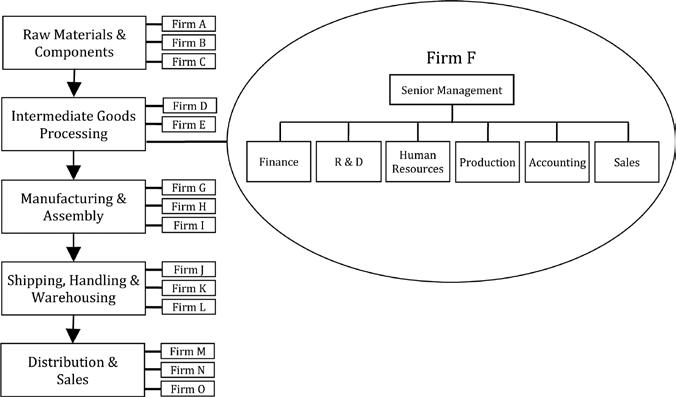Chapter 15
Auctions
Bargaining involves two or more parties negotiating over the terms of a contract. In an auction, buyers and sellers compete in a public forum for the right to purchase or sell something of value. Auctions have been around for pretty much all of recorded history. The ancient Greek historian Herodotus described bride auctions in Babylonia two and a half millennia ago. Slave auctions were legal and commonplace in the United States for over 250 years until the mid-nineteenth century, and trafficking in human bondage still exists in almost every corner of the world. Today, auctions in trade and commerce are ubiquitous. Auctions are used to sell U.S. Treasury securities, corporate equities in initial public offerings, tobacco, construction contracts, off-shore drilling licenses, airport landing rights, pollution emission rights, raw materials and spare parts, service and repair contracts, and a multitude of other goods and services. In this chapter, we will examine several types of auctions and discuss optimal bidding strategies for the most common types of auctions.1 AUCTIONS AND THE INTERNET One of the most remarkable developments in recent years has been the dramatic growth in Internet auction sites. Online auctions have dramatically altered the way businesses acquire productive resources used to manufacture goods and services and the manner in final products are priced and marketed. The Internet lowers transaction costs by reducing the time and expense of locating input suppliers and product outlets. Farmers, for example, use online auctions to procure seed, feed, and fertilizer to lower cultivation, harvesting, and processing costs. Farmers have also been able to obtain higher prices by 367




